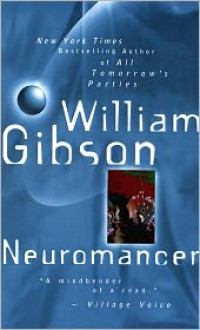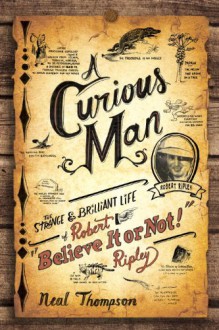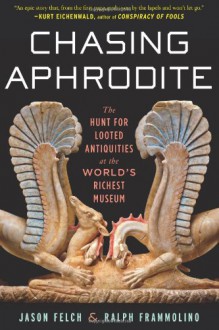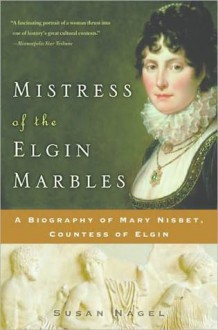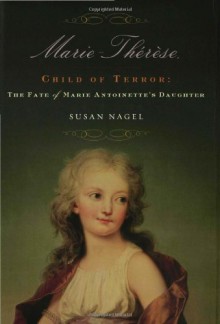I've bought ebooks on sale for over a month but haven't bothered to download them onto my ereader. And now that I have a trip to fly off on this seemed the perfect download time. Except I didn't realize how many books I now have to choose from, yeek. Plus I've finally had to delete things just to free up space. It's definitely time to sit down and cull through all the Gutenberg and other I-can-not-resist-the-free fodder.
Because I always enjoy virtually oogling all your books when you folk have buying fests, here's my stack.
The real problem will now be whether to finish what I'm reading now or cheat and start yet another new book. This is exactly the kind of thing I love thinking over instead of "will I make the connecting flight?"
Oddly there are a couple books in here that I've already downloaded - but there must be some kind of text update that's occurred. (The Worst Hard Time also just re-downloaded itself twice. Weird.) I'm on the fence about whether I like this kind of change or not - so far none of the surprise-updated books have had major overhauls of the main text. There have only been things like a new forward - something I don't mind. A major revision of text hasn't happened yet, and I haven't heard of more than a few cases of that happening. (And of course I don't remember specifics either. Sigh.)
Where am I traveling to? We'll see if I can upload a photo or two and hint once I get there. (If I can't mange a photo I'll use links somehow. Much more fun than just telling.)

 Log in with Facebook
Log in with Facebook 
